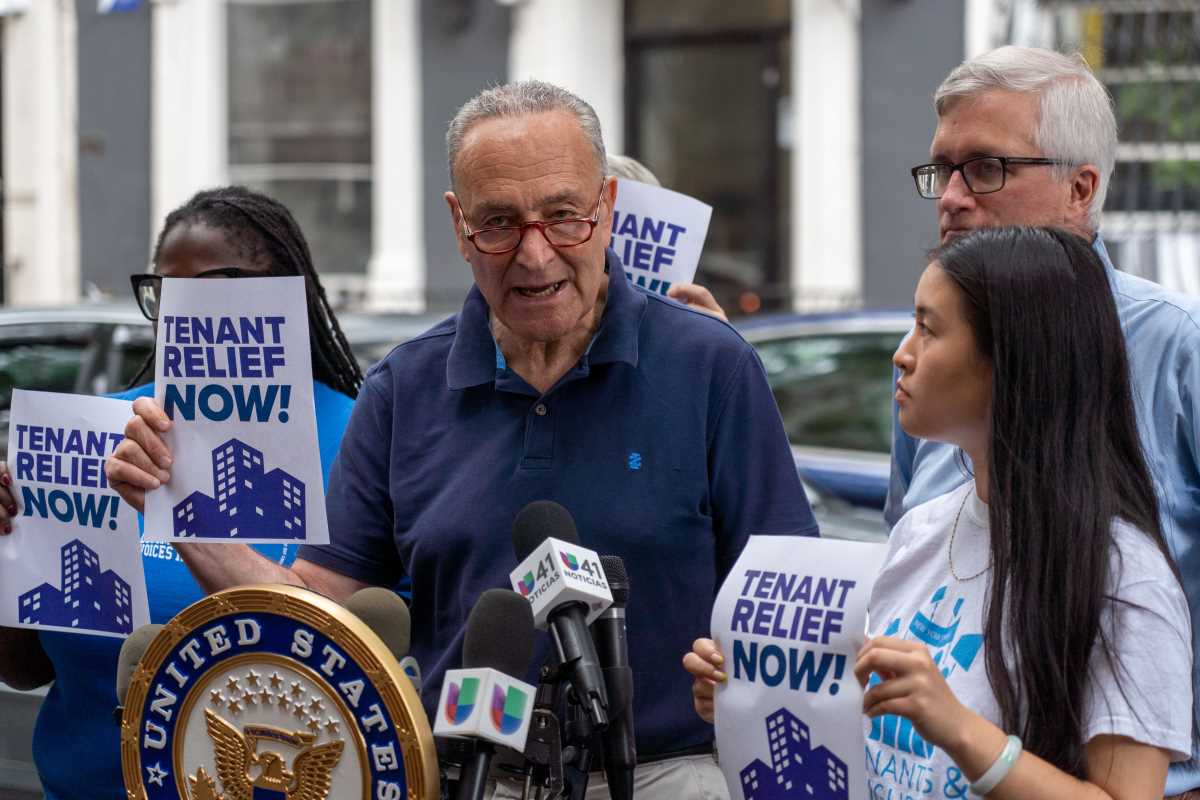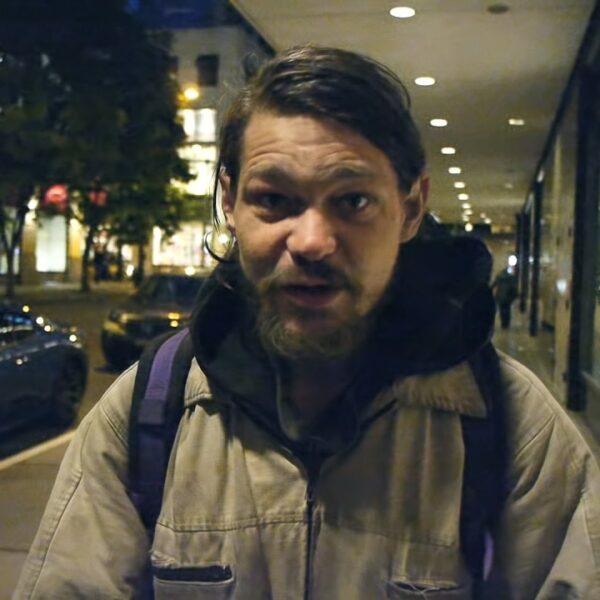It’s been nearly two months since New York passed one of the country’s most robust rental relief programs. However, even with over $2.7 billion in funding, the program has provided very little relief to New Yorkers.
Between technical glitches, decentralized application processes, and tenant documentation requirements, the program has distributed less than $1 per application received.
With over 160,000 Emergency Rental Assistance Program (ERAP) applications received, state agencies have distributed just $117,000 in aid.
Despite the glitches, ERAP still provides a “crucial economic lifeline” for many, the report says. It cites a study of Census data by New Equity Atlas, a California-based nonprofit, which found over 830,000 households in New York State face the threat of eviction. At the same time, nearly $3.2 billion in back rent remains outstanding.
ERAP can be a life-saver for tenants who owe back rent. Those who have submitted completed applications are protected from evictions, even if their application is just being processed.
Households making up to 80 percent of an area’s median income are eligible for ERAP. It will cover up to one year of back rent plus three months of future rent for participants.
Data from the federal government shows that emergency assistance payments across the country are increasing. Still, many cities need to do more to make sure these funds reach low-to-no income communities.
Technical Difficulties
For New York’s part, it is not uncommon for government agencies to struggle when rolling out a brand new program. Last year, New York struggled to distribute the surge in unemployment aid offered by the federal government.
Gov. Andrew Cuomo has vowed to rectify the backlog by August 31. This includes adding a new “streamlined” application process.
However, tenant advocates point to this struggle as part of a broader issue facing New York renters. The application process is entirely online, which has been mired with problems since its release. The program also requires landlords to fill out forms to receive direct payments from the State Office of Temporary and Disability Assistance (OTDA), which is administering the program.
Meeting these two requirements has proven difficult for both parties. Thousands of applications sit seemingly incomplete because of document requirements. Meanwhile, low-income earners, immigrants, and the elderly are most vulnerable to being left out of the program altogether.
The program’s struggles caused Democrat Sen. Chuck Schumer (NY) to tell OTDA to “move heaven and earth” to get assistance payments out.
Decentralized Application Process
Even though households across the state need ERAP help, individuals in some communities are ineligible to apply for the program.
According to a report by JD Supra, a legal news website, people who live in multiple areas must apply for assistance directly with a local government agency. This includes:
- City of Rochester
- Monroe County
- Town of Hempstead
- Onondaga County
- Town of Oyster Bay
- Town of Islip
- City of Yonkers
This causes problems for both landlords and tenants, both of whom need the assistance ERAP can provide. For tenants, the decentralized program creates problems with eligibility requirements.
For example, The City of Rochester makes its ERAP program available to all residents below 80 percent AMI. Under this circumstance, an individual can make no more than $3,500 per month to qualify.
All participants in Rochester must have received unemployment benefits, as well. Applicants must also submit a W-9, a declaration of need, and all documentation necessary to show a loss of income resulting from the pandemic.
Similarly, the Town of Islip requires participants to prove three items:
- Owe back rent and utility costs
- Financial burden resulting from the pandemic
- Reside within the Town of Islip
Tenant Documentation Needs
Another reason tenant advocates say relief is not being dispersed fast enough is many people who qualify for the program don’t know it exists.
At the same time, some of those who know it exists and qualify for assistance struggle to meet the documentation requirements because of technological barriers or they are experiencing homelessness.
One needy tenant named Solanger shared her struggles to pay rent after receiving a positive COVID-19 test and subsequently being hospitalized. She said she racked up nearly $10,000 in back rent. Solanger said she was lucky to have the help of BronxWorks, a nonprofit helping people apply for aid. However, several of her neighbors told her about being declined or unable to finish their applications because of the documentation requirements.
“Many people, once the eviction moratorium passes, are going to be living on the street,” she said.
How You Can Help
Now is not the time to be silent about rental relief. According to the Census Bureau, there are over 1.4 million households across the country that report being “extremely likely” to face eviction within the next few months. Overall, 7.4 million households report facing the twin risks of eviction and homelessness.
That’s why you must contact your state legislators and tell them to expand rental assistance programs. This expansion needs to include:
- Streamlined application processes
- More outreach in low-income communities
- Lowered eligibility requirements













